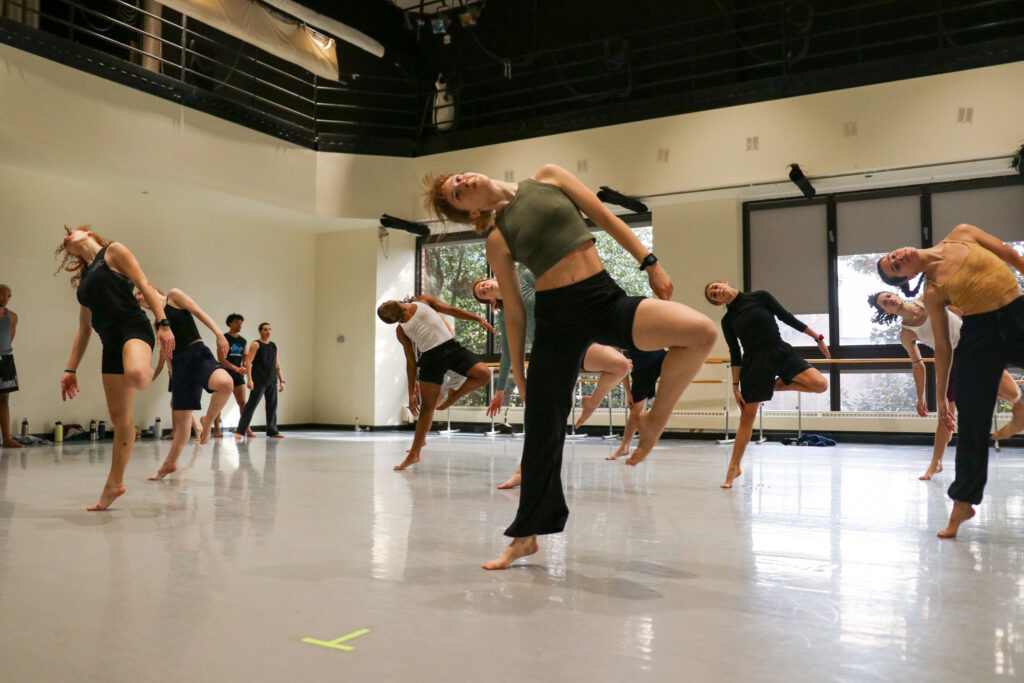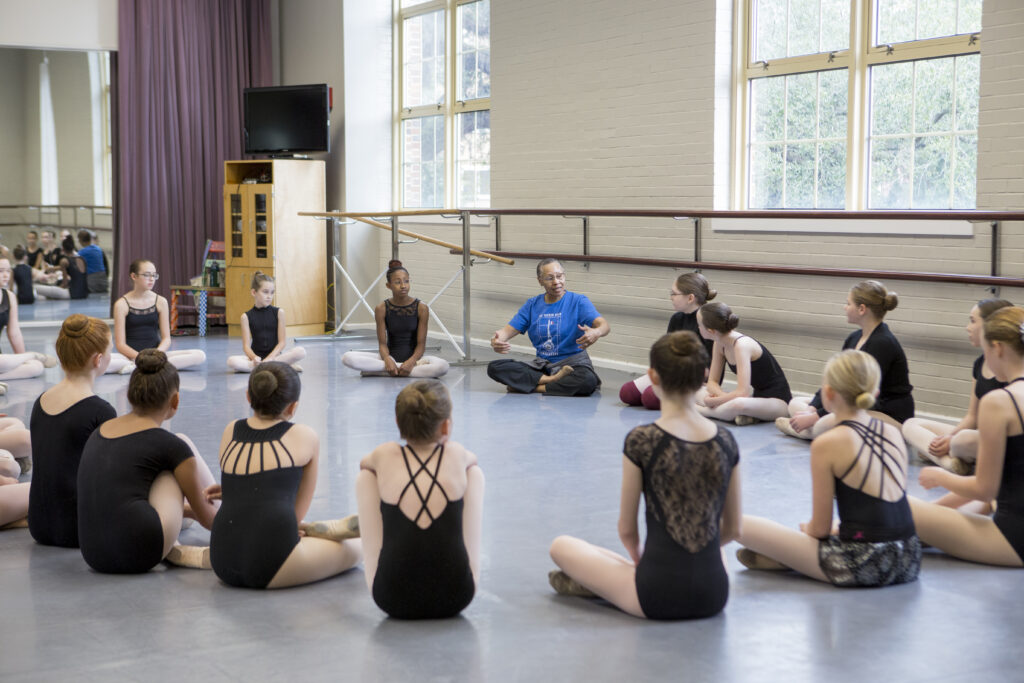Do Grades in BFA Programs Really Matter?
While a student in The Juilliard School’s Dance Division, Madi Hicks struggled to get through two classes: music and ballroom dance. “I’m tone-deaf. And I don’t count music well,” she says. Though now a successful choreographer and educator with performance credits including L.A. Dance Project and Sidra Bell Dance New York, at the time Hicks was concerned that her musical shortcomings would lead to a bad grade. “I was worried about failing, that I’d be behind my class and have to pay for another year,” she says. Ultimately, she put in the work, meeting for private lessons with teachers who strongly supported her, and pulled through. But looking back, she questions the experience. “I don’t know how much we should be grading the arts,” she says.
Bachelor of fine arts dance programs, whether housed in a conservatory or larger university setting, tend to give out letter grades like any other academic degree. But rather than exams and essays, the studio classes that make up the bulk of BFA programs are evaluating students on less tangible benchmarks like artistry, technique, and performance. How much weight are BFA programs really putting on grading—and how much do students’ grades matter during, and after, their time in college?
Progress Over Perfection
Individual dance programs and teachers all have different approaches to grading. Some schools use a pass/fail system, but most employ traditional letter grades. At Florida State University, the rubric for a technique class “can include everything from attendance to looking for improvement, how they are engaging with their artistry, and their technical skills and risk-taking,” says Anjali Austin, the department chair of FSU’s School of Dance. “Everybody improves, but they may be improving at a different rate.”
This holistic view of a dancer’s growth is common in BFA programs, and is a welcome change for some students. “My arts high school had a giant spreadsheet, and they would rate us one through four for turnout and feet,” says Lauren Ciccolini, a senior in George Mason University’s dance BFA program who is minoring in public policy and management. “Coming here, it’s like everyone has a different starting point and a different ending point, and is graded on it. I super appreciate that.”

With less work expected outside of class, attendance tends to play an outsized role in dance grading. “At Juilliard, if I had more than three absences, then my grade would go down a letter,” says Hicks. With so much focus on participation, schools try to accommodate injuries. At FSU, injured dancers spend some or all of the class period in the department’s conditioning studio, rehabbing with a trainer. “It’s almost like we have to switch the course to support the student during the injury period,” adds Austin.
Grades After Graduation
Despite dance departments’ attempts to make their grading policies fair, many students who plan to pursue a performance career enter college with the attitude that their grades don’t matter, especially when it comes to required classes outside of the studio. “I am the definition of someone who was just trying to coast in academics and thrive in dance,” says Hicks. “I didn’t understand why I had to be graded hard on things that I wasn’t going to use in life.”
One answer to that question is scholarships. At FSU, Austin says, eligibility for funding opportunities for students depends on their academic standing. “I love to learn, and I love doing my schoolwork, and then I also need these good grades and a good GPA so I can get more money to go to school,” says Ciccolini, who purposely included schools that offered both dance and academic scholarships in her college search.

Students should also consider their career goals for immediately after graduation and down the road. “If they’re thinking about an MFA or other graduate school, then grades are important,” says Austin. FSU offers dance students in their junior year an option to apply into an accelerated master’s program, which grants them both a BFA and an MA in just five years. “By the time they’re sophomores, if that’s in the back of their mind, they’re already thinking about their grades needing to be at a certain level to be accepted,” says Austin. Ciccolini hopes to join a company after graduation, but is still conscious of her transcript, knowing that she might someday want to go back to school for public policy.
Hicks, who holds an MFA in choreography from California Institute of the Arts, doesn’t believe that her undergraduate transcript played much of a role in the admissions process. “It’s a very, very creative school, so it’s an extreme situation,” she says. “But they were focused on an essay about my work and videos of my pieces.” CalArts’ MFA program is entirely pass/fail, which freed Hicks up to focus solely on her creative development. Now that she has guest-taught in university programs—and dreaded being on the other side of the grading process—she wishes all dance programs would consider pass/fail for some classes. “We should only grade on work ethic, and take out the talent aspect of it,” she says. “For me as a learner, and an educator, taking out grades feels more inclusive and open and inspiring. Which are all the things I think art school should be.”





